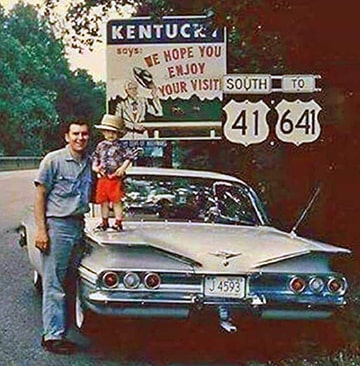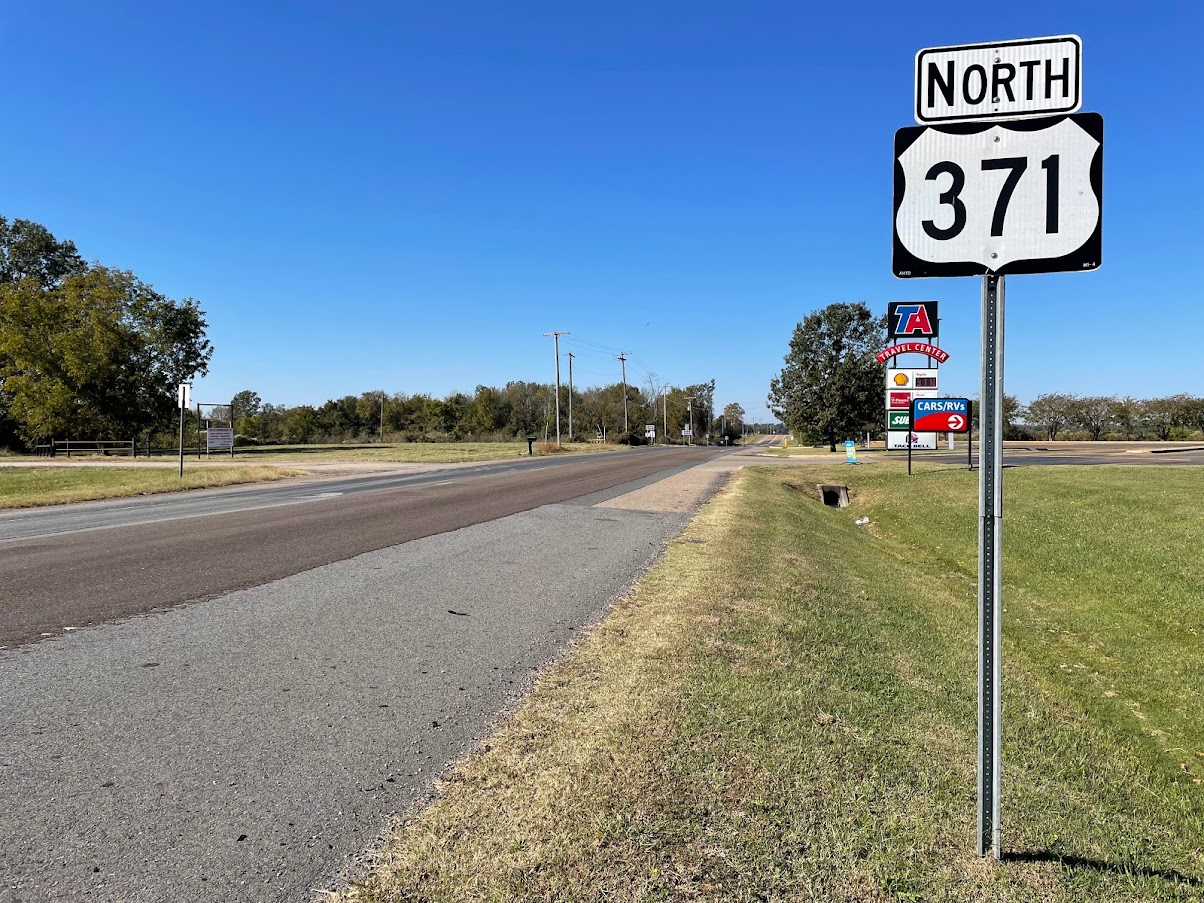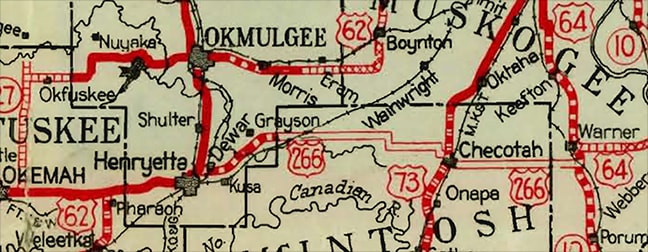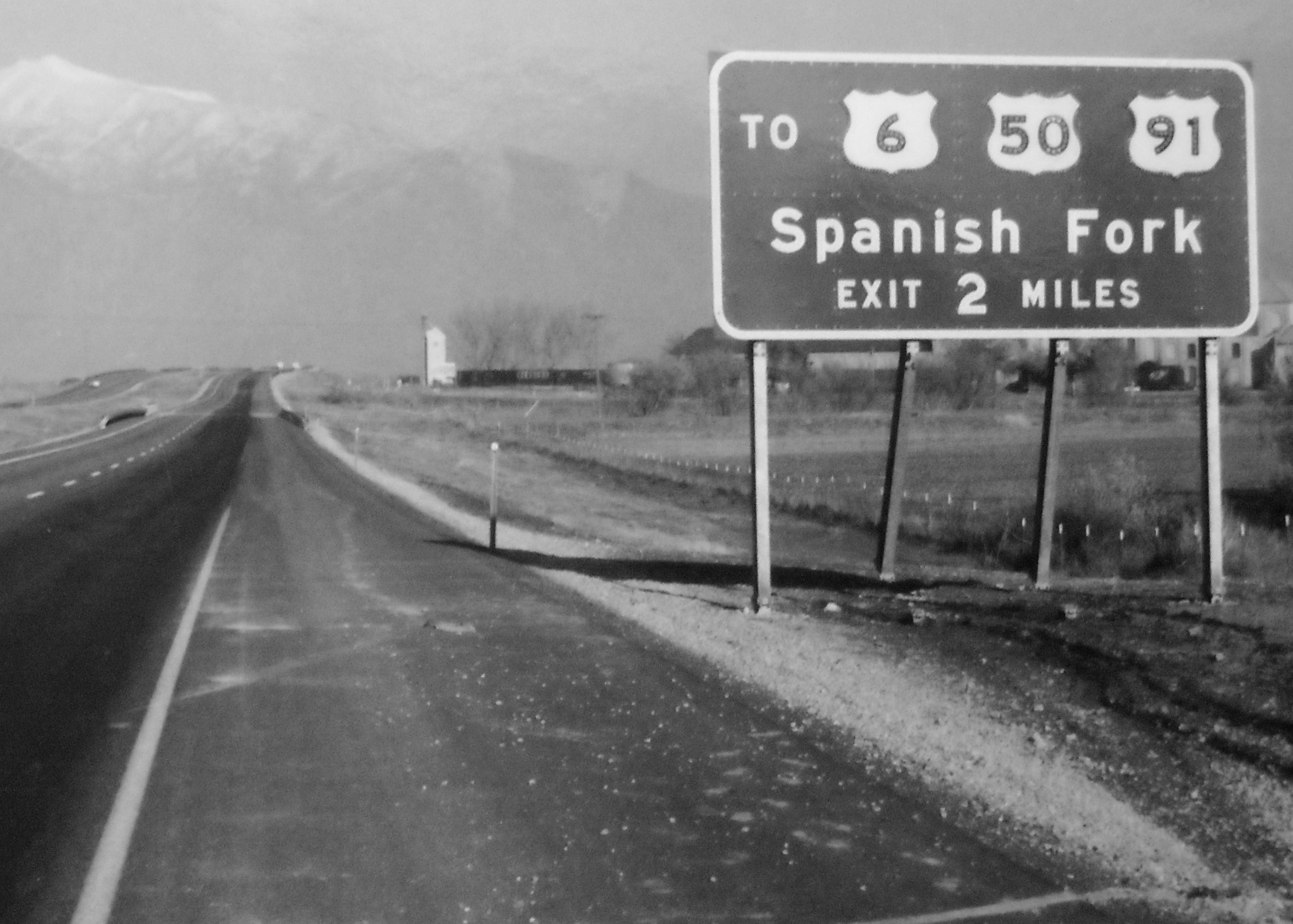The 10 Most Pointless US Highways
Much like the Interstate Highway System, there exist in the United States some head-scratching US Highways and alignments that make you question how and, more importantly, why, these routes continue to exist.
The US Highway System predates the Interstate Highway System by about 30 years, and as such, there were some routes that were eliminated, consolidated, or supplanted by the new Interstate System. The website US Ends tracks the changes and eliminations in US Highways quite well, and we use them a lot for research when discussing US Highways.
AASHTO even went as far to enact policy to remove all US Highways that are less than 300 miles in length unless they exist in more than one state.
Interestingly, there exist numerous routes, some on this list and some outside of it, that just enter a second state so that the policy above would not apply. Wherever there is a loophole, it will be exploited I suppose. However, some routes fit neither of these criteria, and nonetheless continue to exist. That doesn't mean each highway that does this could not be at least somewhat useful, however. US-192 for example serves an extremely busy corridor in central Florida, running between US-27 west of Walt Disney World and Melbourne, but only 74 miles long.
The criteria for what makes a US Highway pointless are mostly length, location, and connections to other US Highways or Interstates. There are some short routes that are nonetheless quite important. Another good example would be US-197, which connects US-97 to Washington via a bridge over the Columbia River.
One caveat to this list is that it lists US Highways in their totality. You could argue that US-41 is largely pointless in Wisconsin (and it is) having been replaced by the Interstate highway that it shares pavement with, or US-85 in New Mexico is pointless (and so much so that is isn't even signed) as it is entirely concurrent with I-25 for the same reason. Such do not qualify since they are nonetheless parts of the route, and US-85 acts as a bypass to I-25 in Colorado, for example, and US-41 has large important stretches as a coast to coast highway, even if its importance in Wisconsin has been lost. These highways have no stretches that are particularly important, and thus are on the lower side of length in most cases. I did think about adding US-95 to the list, and may have had it not served the Las Vegas Area.
These however, largely do not have such a point, although this is subjective as all lists of routes that could be eliminated are. With that in mind, here are the routes I find the least necessary in the US Highway System.
It's considered part of the George Washington Bridge, although not signed as such, and a more fitting end would be at I-95, nonetheless in Fort Lee, NJ. So why does this route only exist within New Jersey?
 |
US 46 westbound in Roxbury Township - By Famartin - Own work, CC BY-SA 4.0 (Wikipedia Commons) |
US-341 runs between Brunswick, GA and Barnesville, GA in the center of the state along a 224 mile route. It connects US-41 and I-95 and somewhat parallels I-16 to its south, although diverges at the East to serve Brunswick as opposed to Savannah. I feel like if it paralleled I-16 a bit more, there might be some use here, but as it stands, it's one of the numerous US Highways in Georgia, and by definition, could easily be eliminated and replaced with a state highway.
It manages to avoid all the major cities in Georgia, running south of Macon, serving no cities along its route greater than 20,000 people.
 |
| US 341 heading north from Brunswick, GA (AARoads Photo) |
8) US Highway 641
Another child of US-41, this one runs 165 miles from Clifton Junction, TN north towards Marion, KY and manages, much like US-341, to not serve any major cities along the way. Were it to instead run through Paducah, KY and perhaps points north from there, it probably wouldn't be on this list, but otherwise, it doesn't really bypass anywhere, nor does it serve as a parallel route to an interstate highway. Its endpoints connect US 60 and US 64 and does meet I-40 and I-69, but that's pretty much it.
Pre-1971, it served Evansville, IN, which is now parts of US-60 and US-41.
 |
| US-41 to US-641 sign from an unknown photographer via US Ends. |
This route would probably be better served by state highways in both states, since it changes direction numerous times to run a northwesterly route from the Kansas City area. Eliminating US-73 and extending US-159 west from Falls City, NE to Dawson would add a bit of length and legitimacy to that route as well, and while US-159 is not on this list as it crosses the Missouri River, I thought about adding it since it's not a particularly long route, and doesn't really serve and major cities. I suppose 73 and 159 are interchangeable in their worthlessness, and if you were to eliminate one for the other, would make the survivor somewhat useful within Nebraska.
| End of US-73 at US-75. Image: Jeremy Lance |
 |
"U.S. Route 371 in Prescott, Arkansas looking north" (Wikipedia Commons) |
 |
| The junction between US-95/US-195 and SPUR US-195 at the Idaho Washington border. (Google Maps) |
 |
| Map image via US-Ends.com. Hey look, it's US-73 back when it was much longer! |
 |
| US-11/211 in New Market, VA just north of VA-211. (Google Maps Street View) |
Bar none, there is no less useful US Highway than US 223, which runs for just 46 miles in southeast Michigan and just barely enters Ohio via an unnecessary concurrency with its parent, US-23, where it abruptly ends in Sylvania.
 |
| US-223 in all its not-glory. |
First signed in 1930, it connected its present-day western endpoint, US-127 near Somerset, MI with Toledo, OH along nearly the present-day route, but also including OH-51 between Sylvania and Toledo, making it a 59 mile route and still probably among the more pointless routes in the system. In 1987, Ohio removed US-223 beyond US-23, making the road end in Sylvania as opposed to Toledo, ending what little use the number may have had in the process.
While many longer routes were removed and replaced with state highways, this one somehow managed to keep its US Highway status by being technically within two states, even though the last six miles of the route are a concurrency through which to enter Ohio.
There is simply no reason why this could not terminate at US-23 in Ottawa Lake, MI and become M-223. The only thing that I can think of that keeps this US Highway alive is its place in the Future I-73 corridor, one of the proposed alignments would essentially parallel 223, but even so, it could just as easily parallel a Michigan state route as well.
That is, of course, if I-73 were ever going to be built in the state anyway. Even if it somehow were, I would prefer it to run along US-23 through Ann Arbor to Flint anyways.
Are there any pointless US Highways that we missed? Do you disagree with some of our thoughts? If so, let us know in the comments, and thanks as always for reading!




I spent part of my childhood in a house with Highway 641 running past the front yard, in Puryear, Henry County, TN. "Six-Forty-One" was our route south to Paris, TN, or north to Murray, KY.
ReplyDelete